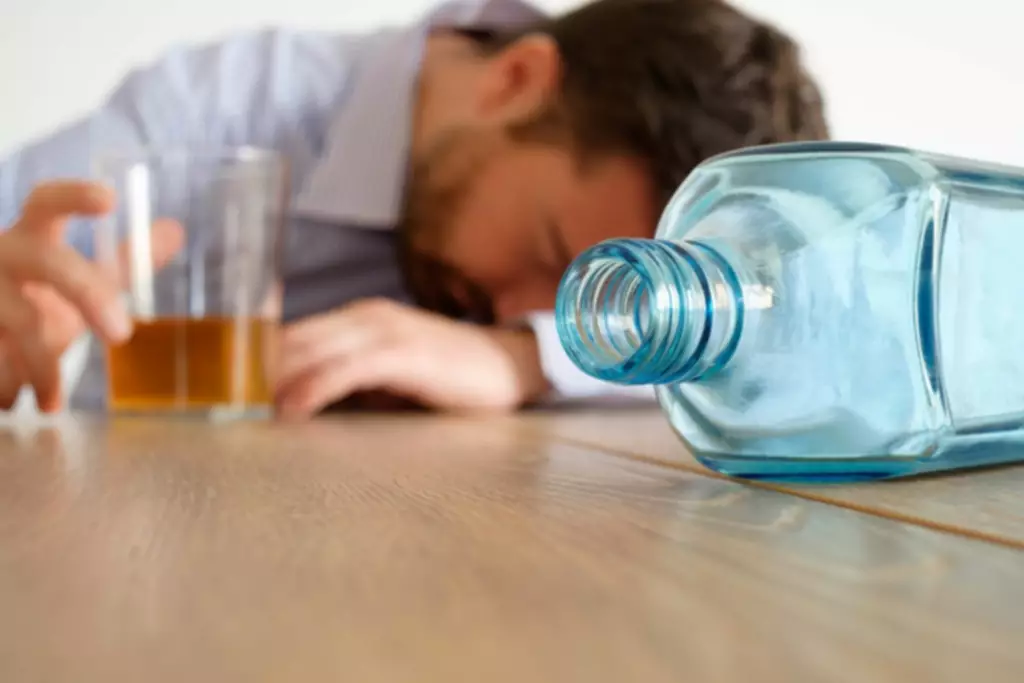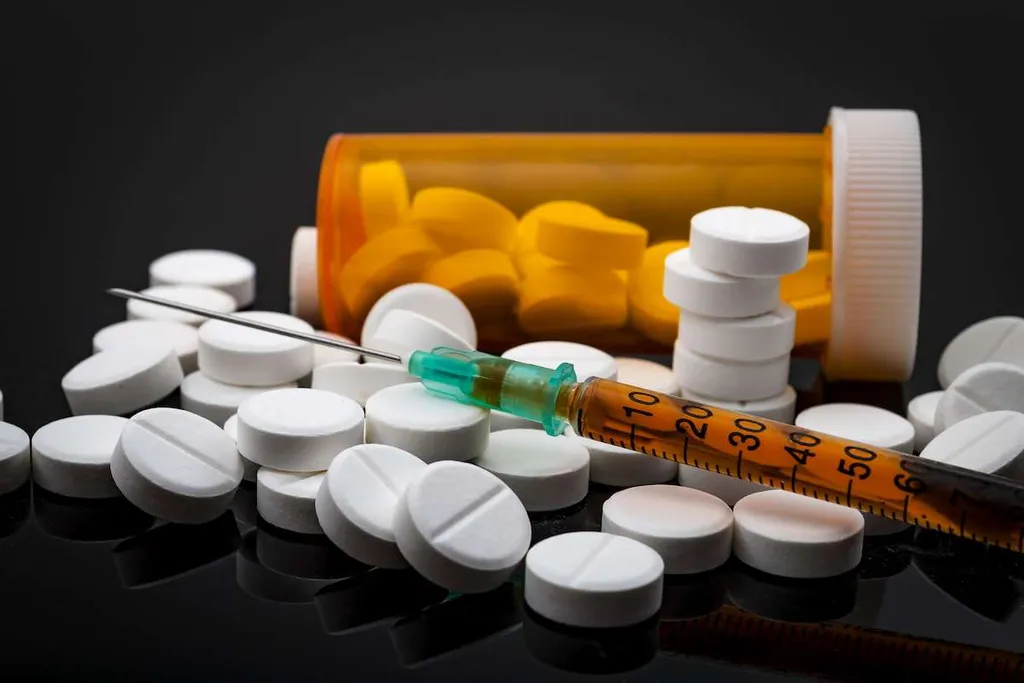
However, some people have genetic variations that affect the activity of these enzymes. These variations can determine how quickly or slowly you metabolize alcohol, making you more or less susceptible to its effects. Directly after drinking alcohol, your heart rate and blood pressure rise. Once the substance is out of your system, your vital signs return to normal. These diseases disrupt liver function, severely damaging the body over time.
- For example, when encouraged by others, people may drink more than planned or drink when they didn’t plan to at all.
- Operationalization of the drinking and driving outcomes varied across studies.
- Besides severely affecting your physical and mental health, alcohol can also lead to social and legal problems.
- According to the CDC, drivers with a blood alcohol content of .08% or higher that were involved in fatal crashes were six times more likely to have a prior conviction for DWI than drivers with no alcohol in their system.
Other Ways Alcohol Can Affect Your Life

It’s also linked to aggression, meaning it can fuel road rage incidents. If you choose to drink, consider public transport, rideshare, or organising a friend to be designated driver. It slows the activity of the central nervous system, including the brain. Inpatient rehabilitation programs provide intensive therapy and support for people struggling with alcohol addiction or substance abuse. Teenagers’ brains are still developing, which makes them more susceptible to adverse physical and mental health effects.

Study inclusion
- Visual functions begin to decline with a blood alcohol concentration (BAC) of just .02%, the equivalent of only one to two drinks.
- Such interventions are not administered directly to the underage drivers but rather influence parental regulation of teen driving and could be a potentially promising addition to BAIs directly targeting younger drivers.
- Just because a person can function well after drinking doesn’t mean that they aren’t at risk of getting pulled over or even arrested if they have enough alcohol in their system.
The emotional toll of these accidents can be devastating, leading to long-term psychological trauma for all parties involved. Drunk driving has profound consequences that reverberate throughout society. On an individual level, those who choose to drink and drive may face severe legal penalties, including fines, license suspension, and even incarceration. These penalties can result in significant financial strain, loss of employment, and damage to one’s personal and professional reputation. Enforcement of laws and regulations is another key aspect of preventing drunk driving marijuana addiction incidents. Implementing stricter penalties and increasing police presence on the roads can help deter individuals from driving under the influence.

Influencing Public Policy
- Safe driving requires focus, coordination, good judgment, and quick reactions to the environment.
- More than half the respondents thought it would be at least somewhat likely that they would be stopped by the police if they drove after having too much to drink.
- Driving under the influence of alcohol is a common practice in all countries where alcohol consumption is legal.
- The average distance of the average drinking–driving trip was greater than 16.7 miles for males, compared with 8.5 miles for females.
Jennifer Chesak is a freelance medical consequences of driving drunk include: journalist, editor, and fact-checker with more than two decades of experience and bylines in several national publications. At the heart of many decisions to drive drunk is the concern of how to get from point A to point B. But people who live in rural areas often don’t have access to these alternative modes of transportation. The information contained on this website is not intended to be a substitute for, or to be relied upon as, medical advice, diagnosis, or treatment.

How Blood Alcohol Content (BAC) Levels Affect Driving
Deaths and injuries are the most severe outcomes of drinking and driving, but https://ecosoberhouse.com/ these aren’t the only potential consequences. In 2016, over one million drivers were arrested for driving under the influence (DUI). Drunk driving is a dangerous and reckless behavior that continues to claim countless lives and cause irreparable damage. The effects of drunk driving extend far beyond the immediate consequences of a single incident. One of the biggest drunk driving dangers is the increased likelihood of being in a car accident. In 2017, a study by the National Highway Traffic Safety Administration determined that every two minutes someone is injured in an accident involving a drunk driver.

Types of DUIs
- Simulation studies have also demonstrated negative effects of alcohol on driving speed 16, 17, accelerating and braking behavior 18, and lane positioning 19.
- Alcohol also increases the reaction time of the driver causing him to take more time to engage in various driving operations such as braking or turning to avoid hitting an object.
- Prevention and intervention strategies used to address drinking and driving vary by punitive level and the drivers they target 1.
- HAL was in charge of data analysis, interpretation, reporting, and original draft preparation.
- Drivers under the influence often exhibit poor reasoning skills and impaired reaction times, which can lead to accidents.
He worked for many years in mental health and substance abuse facilities in Florida, as well as in home health (medical and psychiatric), and took care of people with medical and addictions problems at The Johns Hopkins Hospital in Baltimore. He has a nursing and business/technology degrees from The Johns Hopkins University. The percentage of drivers under age 21 who had BACs of 0.10 or higher fell from 4.1 to 0.3 percent, representing the greatest proportional decline for any age group. Among 21- to 25-year-olds, the proportion of drivers with BACs of 0.10 percent or higher decreased from 5.7 to 3.8 percent. Within a few seconds after ingestion, alcohol reaches the liver, which begins to break it down, or metabolize it. Any BAC measurement therefore reflects not only a person’s drinking rate but also his or her rate of metabolism.

